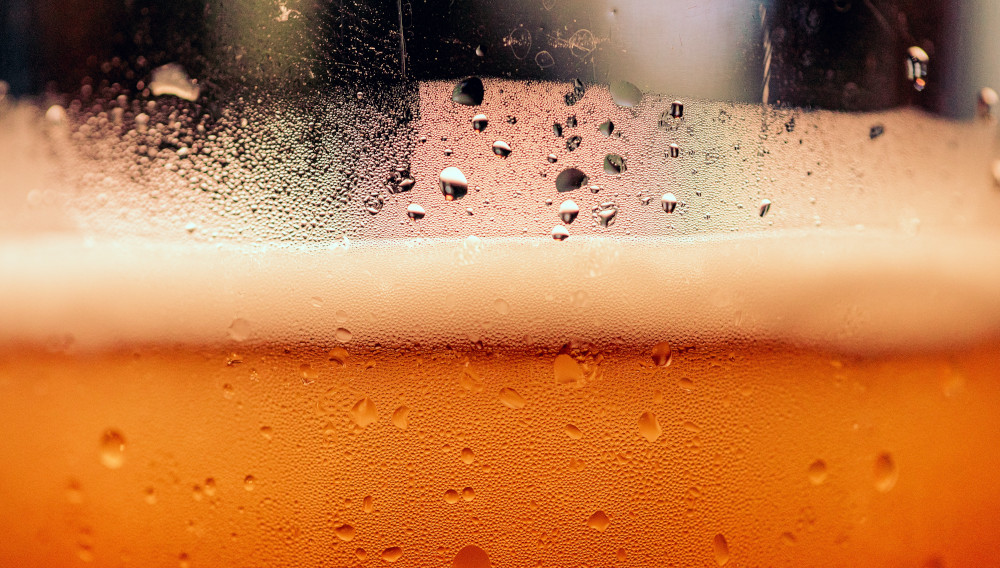BrewingScience September/October issue out now
Nuremberg | End of October, the latest BrewingScience issue was published online. The scientific online-journal BrewingScience features peer-reviewed scientific papers with impact on the brewing industry. The brief article abstracts below provide a good initial overview of the content.
The latest BrewingScience issue contains the following articles:
The impact of ethanol on the sensory perception and aroma release of alcohol-free beers
Health-conscious consumers are increasingly turning to alcohol-free beers (AFBs), leading to a rise in popularity of this category of beer in recent years. However, brewers still face significant challenges in producing AFBs that provide a sensory experience comparable to regular alcoholic beers. The absence of ethanol in AFBs leads to a diminished sensory experience.
This study aims to understand the role of ethanol in beer through sensorial and analytical approaches. Commercial alcohol-free lager beers were spiked with ethanol to achieve different alcohol levels (0 %, 0.5 %, 2.5 %, 5 % ABV). The samples were assessed by two sensory panels using Napping™, and headspace aroma compounds were analysed by selected ion flow tube mass spectrometry (SIFT-MS). Additionally, instrumental viscosity was measured using a rheometer.
Results showed that at a 5 % ethanol level, there was a considerable increase in alcoholic, warming, full-bodied, and lingering sensations. In contrast, no-alcohol (0 % ABV) and low-alcohol (0.5 % & 2.5 % ABV) beers were perceived as more watery or light, with the differences driven by beer flavour. The addition of ethanol enhanced the release of aroma compounds (specifically aldehydes and esters) into the headspace and increased viscosity (as determined by instrumental measurement). These findings are relevant for scientists and brewers and contribute to knowledge for the development of AFBs, with acceptable aroma, taste, mouthfeel and an improved sensory experience for consumers.
This article was written by J. Liu, P. Vaag, A. Delgado, I. Ramsey, C. Chatzinikolaou, J. Harholt, Q. Liu and O. Oladokun.
The role of adjunct milled rice, barley malt, and different koji variations in alcoholic and non-alcoholic beer production
This study explores the feasibility of using adjunct milled rice in brewing non-alcoholic beer (NAB) traditionally made with barley malt. By substituting barley malt with varying proportions of rice the impact on wort quality and fermentation performance were assessed. Practically, increasing rice content required adjustments, such as adding rice husks for filtration and pre-gelatinising the rice. Despite these modifications, wort characteristics, including original gravity, remained suitable for NAB production. Fermentation with Saccharomycodes ludwigii at 16 °C revealed that higher rice content led to slightly increased alcohol levels (up to 0.45 % v/v when using 100 % rice) within the trials and faster fermentation times (15 days down to 5 days) until a steady ethanol content was reached. Sensory evaluation indicated that higher rice content shifted the flavour profile from "worty" to a more “vanilla” and “buttery” profile.
Additionally, Koji (rice inoculated with some species of Aspergillus) was tested as a substitute for barley malt and exogenous purified enzymes. Yellow Koji had higher α-amylase activity, and surpassed white Koji in terms of original gravity and alcohol content. However, Kojionly worts were challenging to filter, suggesting the need for further optimisation. Overall, the integration of adjunct milled rice and Koji offers potential for reducing production time and enhancing flavour profiles in NAB brewing, though practical applications require additional refinement.
This article was written by C. Schubert, M. Aitkens, A. Maust, R. Sen, M. Kono and S. Lafontaine.
You can read the full articles on www.brewingscience.de.
Keywords
BrewingScience brewing science publications
Source
BRAUWELT International 2024
Companies
- Fachverlag Hans Carl GmbH, Nuremberg, Germany


